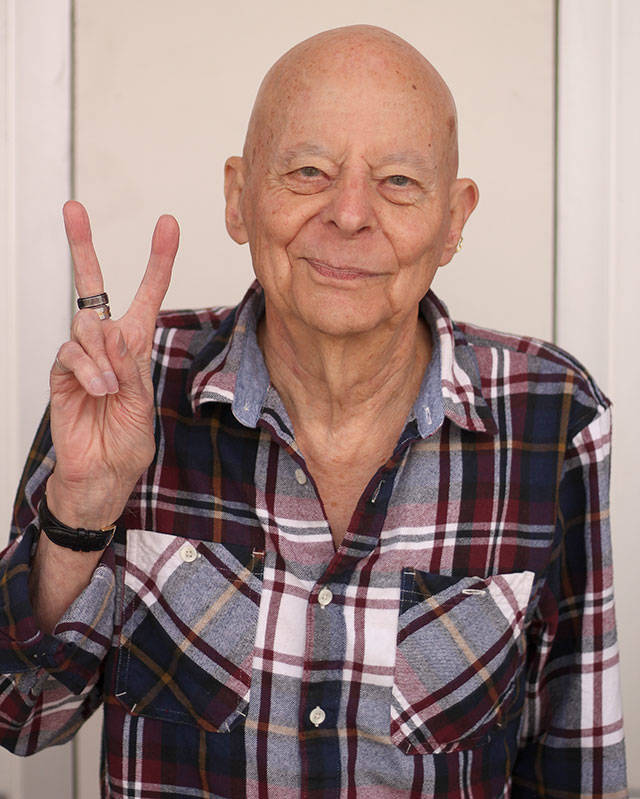Back in the day — as pointed out in my last column — Enumclaw was a small, isolated, and relatively self-sufficient town, where the residents took pride in themselves and their community. The population was quite homogeneous in-so-far-as it was white, Christian, heterosexual, and comparatively middle-class, where everyone knew everyone else on a first-name basis or at least recognized one another even if they’d never met. It was similar to hundreds of other little towns scattered across the state.
Yet, lest we become too romantic about the intimacy and trust shared by such small communities, I’d point out that this very familiarity seemed to breed a fear and ostracism of anyone who was different from the town’s population. And this is the malevolent nightmare that haunts such attractive hamlets.
I had two uncles and three or four casual acquaintances — they’re all dead now — who could remember when a few members of the Klu Klux Klan, clad in their bedsheets and hoods, marched down Cole Street in the early 1930s, stood on a raised platform at the main intersection, and unleashed a violent, blistering condemnation of Jews and blacks. Then they walked to the Catholic Church, which at the time was located where the Green River College building currently stands, and burned a cross on the front lawn. My uncles estimated half the population of Enumclaw, including a number of children, fell in lockstep behind these KKK leaders. Eleanor Ulman was quite shocked to see many of her fiends marching along with “those crazies.”
Throughout the 1930s and ‘40s, Enumclaw’s town Marshall, Tom Smith, usually met the train when it stopped at the local depot, which was located in the general vicinity of our current library. There, he’d collar any blacks or scruffy-looking homeless whites. “Ain’t nothin’ for you here,” he’d tell them. Then, perhaps after offering a free cup of coffee, he’d usher them back on the train for Seattle.
As best I can recall, The Morris family were the first Hispanics who ever lived in Enumclaw. Jim Morris was in my class and even though I have no clear idea how much bigotry he confronted throughout his school years, I’m sure it was considerable. (Of course, any such nonsense would have been too much.) I recall several classmates discussing Jim in the old Enumclaw high-school hallways. “Would ya call him a n****r?” some wanted to know. “No, I don’t think so,” someone else replied, then chuckled. “I think he’s worse than that!” Everyone laughed.
And finally, there’s the alleged episode that occurred in the late 1960s or early ‘70s, when a hopelessly misguided and naïve gay fellow out of Seattle wandered into the Lee lounge late one evening. Perhaps he was drunk, which might explain his foolhardy behavior. At any rate, he was foolish enough to advertise his sexual preferences by acting blatantly “swish.” Before the night was over, he’d been driven into the countryside, beaten half to death, and then dumped in a convenient ditch where, if an early-morning Boeing worker hadn’t found him and hauled him to the local hospital, he might have died. (Though I don’t have the names of the individuals involved — nor would I print them even if I did — I’m quite certain this event occurred because too many deceased, but trustworthy people told me about it.)
So, when you hear people reminiscing about how charming small-town Enumclaw was in the “good ole days,” you might bear these anecdotes in mind. And read my next column as well.


